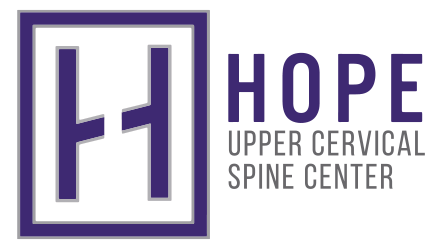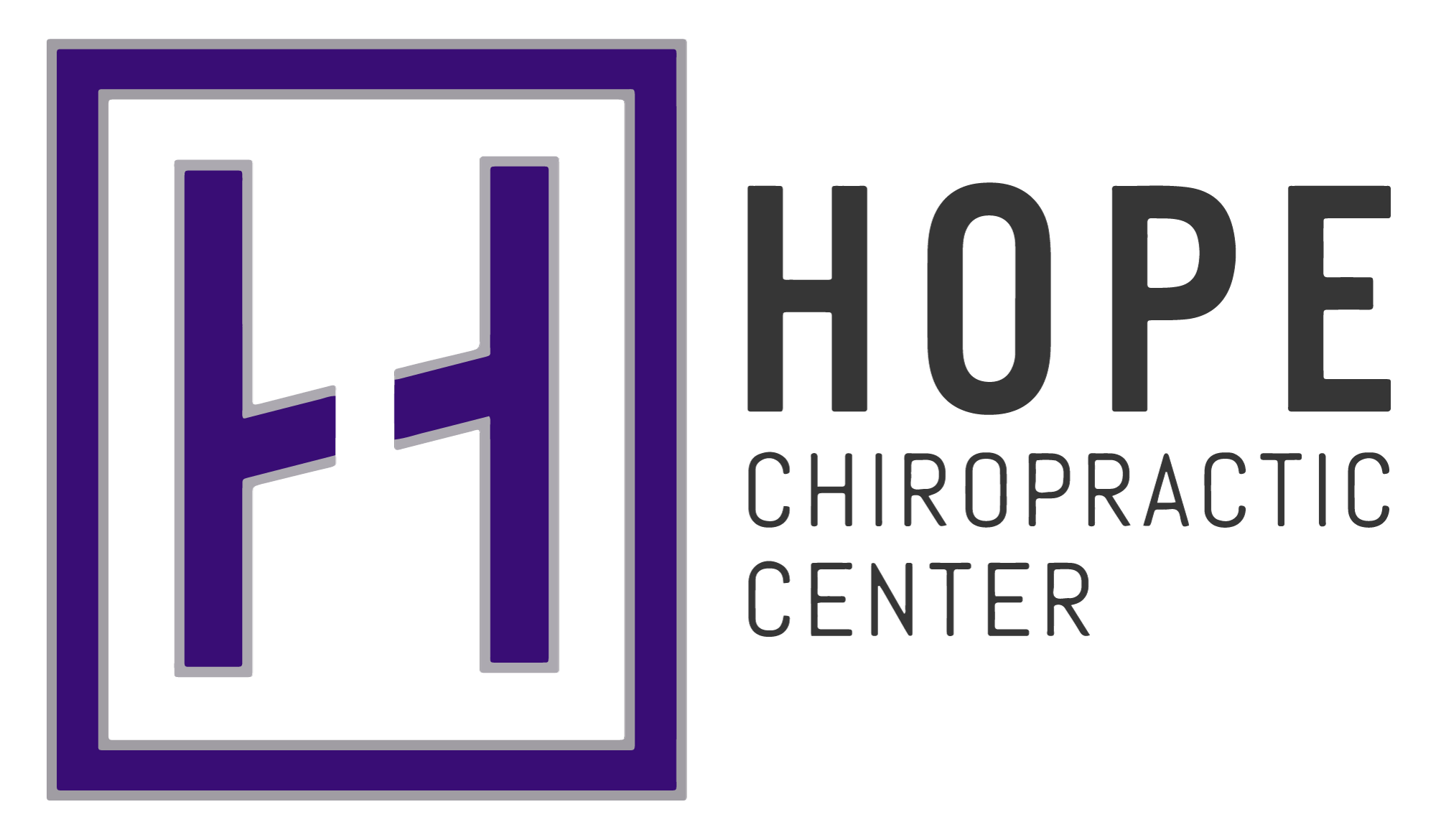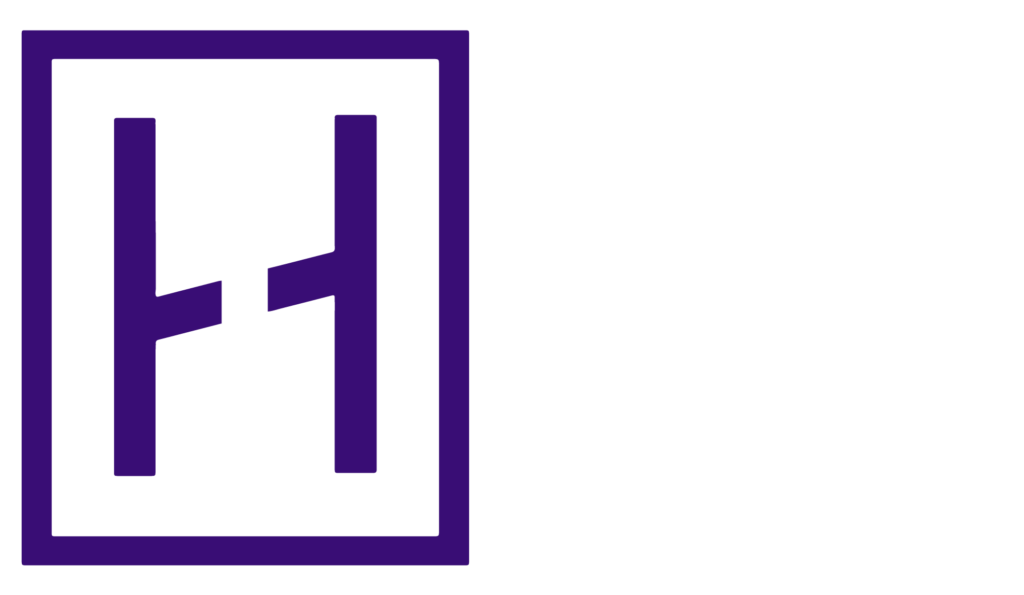 “Migraines are just bad headaches,” is a common misconception many people believe – and we’re here to settle this matter once and for all. Migraines are more than terrible headaches. In fact, migraines are not headaches at all!
“Migraines are just bad headaches,” is a common misconception many people believe – and we’re here to settle this matter once and for all. Migraines are more than terrible headaches. In fact, migraines are not headaches at all!
Migraines are a neurological disorder that involves multiple symptoms, with a headache being one of them. Although the most common symptom, a headache does not necessarily have to be present during a migraine. Even without a headache, someone can still have a migraine as long as the person displays these symptoms: nausea, vomiting, dizziness, visual disturbance, and sensitivity to sound, light, and certain odors.
Around the world, as many as 1 billion people are affected by migraines. Women are three times more likely than men to have migraines. Most migraine sufferers are adults between the ages of 25 and 55. About 90% of migraine sufferers have other family members with migraines, and this somehow supports the theory that genetics play a role in the condition. The number of people with chronic daily migraines has grown to 4 million. They suffer for at least 15 days per month.
The Difference Between Migraines and Other Headaches
As mentioned earlier, a headache can be absent from a migraine. Getting familiar with the common headaches and their symptoms can help you differentiate migraines from headaches.
Before we discuss each headache type, it is worth noting that headaches may indicate an underlying health problem and should not be ignored. Headaches are classified into two categories:
- Primary headaches: Headaches that come about and are not brought on by any other condition
- Secondary headaches: Headaches caused by another health condition
The brain itself does not feel pain. The parts involved in headaches are the tissue covering the brain, the structures at the base of the brain, and blood vessels and muscles around the scalp, neck, and face.
Types of Headaches and Their Symptoms
Here’s a list of some common types of headache and the nature of each one of them:
- A tension headache: It is also referred to as a muscle contraction headache. This is the most prevalent type of headache. Tension headaches are felt in the back of the head and neck, forehead, or both areas, and can also have the following symptoms:
- Visual disturbances
- Sensitivity to light more than usual, even between attacks
- A tight feeling as if the head were in a vise
- Soreness in the shoulders or neck
How It Differs from a Migraine: Tension headaches can last for minutes or days. Unlike migraines, they do not cause nausea or limit your activities. Its symptoms are not as debilitating as migraine symptoms.
- A sinus headache: Migraines and other primary headaches are often misdiagnosed as sinus headaches. Symptoms of sinus headaches include the following:
- Felt in the front of the face – around the eyes, across the cheeks, over the forehead
- Commonly mild in the morning and gets worse as the day goes on
- Runny nose
- Congestion
- Fever
- Feeling of illness
How It Differs from a Migraine: Sinus headaches extend through a larger area of the head and do not come with visual disturbances. However, they can coexist with migraines.
- A neck headache: It is also called a cervicogenic headache. This is a secondary headache condition as it is caused by a problem in the neck joints. Treating the problem in your neck can relieve a neck headache. Approximately 4% to 22% of all headaches are neck headaches. An impairment in the neurovascular and musculoskeletal structures of the neck can result in the sending of pain signals to the brainstem, and this is perceived as a headache by the brain. Neck headaches are often caused by a problem in the upper three neck joints. Either they are too stiff, locked in an abnormal position, or have been used too much. Neck headaches can be eased immediately when these things are corrected.
How It Differs from a Migraine: As its origin is a problem in the neck joints, this headache is accompanied by neck pain and stiffness.
- A cluster headache: This is one of the most painful headaches. Attacks of cluster headaches occur in periodic cycles. It can be chronic or episodic. Cycles of headaches that occur daily may persist for a week or a year. During an active cycle, you may have to deal with one or more episodes a day or as few as one every other day. The attacks are short but extremely painful. These attacks can be followed by headache-free periods that last for 14 days. Some of the symptoms of cluster headaches are listed below:
- Moderate to severe, stabbing pain centered in one eye
- Pain above the eye, near the temples, or on one side of the head
- Auras
- Sensitivity to light and sound
- Rarely nausea and vomiting
How It Differs from a Migraine: Cluster headaches occur in periodic cycles and are more painful than migraines. They also can have headache-free periods that last for 2 weeks.
- A TMJ headache: Temporomandibular joint (TMJ) headaches are caused by clenching the jaw or grinding the teeth. A few of its known symptoms are as follows:
- Restricted jaw movement
- Pain in the jaw when chewing
- Pain that radiates in the ear, cheek, neck, temples, or shoulders
How It Differs from a Migraine: Unlike migraines, most of its symptoms center around the jaw.
How to Treat Migraines and All Headache Types
Over and over again, migraines have been linked to a misalignment in the bones of the upper cervical spine, specifically the C1 and C2 vertebrae. If one of these bones misaligns, pressure is put on the brainstem, resulting in the sending of incorrect signals to the brain. This can cause migraines and other types of headaches.
Upper cervical chiropractic care can correct this misalignment. If you are keen to get the help of a migraine chiropractor in Texas, our doors here at Hope Chiropractic Center are wide open to accommodate you. We perform a gentle yet accurate method to encourage the bones to return to their original positions, without resorting to forceful popping or cracking of the spine. This is an all-natural method that helps the adjustment hold in place longer. Most of our patients enjoy the positive results of our practice just after a few adjustments. Nearly all experience improvement in their migraine symptoms, and some patients experience a complete recovery.







